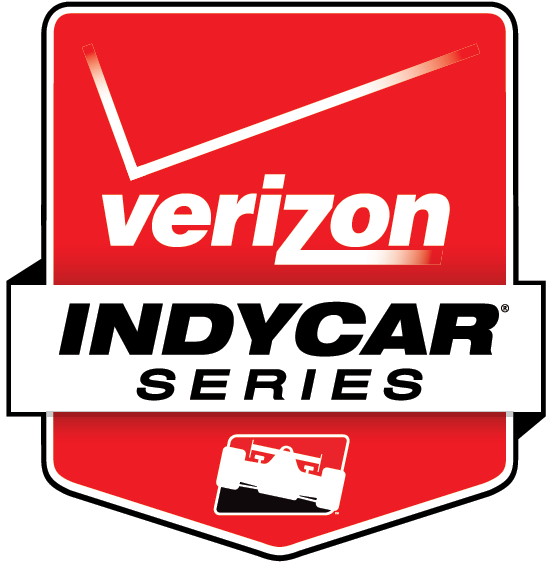The GP of Indy and the role of television coverage
 Researchers like to test a theory before advancing it. Last week’s Grand Prix of Indianapolis was a good opportunity to test an opinion before more confidently recommending a solution.
Researchers like to test a theory before advancing it. Last week’s Grand Prix of Indianapolis was a good opportunity to test an opinion before more confidently recommending a solution.
For the past several years I have been part of an on-going debate that has often appeared on these pages. It’s the “Indy Car television ratings debate" that has spurred two distinct philosophies. There is the side that believes that the low and dismal television ratings on NBC Sports Channel prohibits Indy Car from achieving better commercial outcomes due to the weak rating numbers.
The solution is to change race coverage to a commercial network to reach more viewers. More viewers mean better ratings. Better ratings attract sponsors. This argument believes that low ratings are at the core of the problem facing Indy Car. And they may be right.
But I believe there is one major challenge to this reasoning.
While it’s on the right side of the problem, I contend it’s on the wrong side of the solution.
Indy Car’s weak television ratings are a symptom of the problem, not the root cause of it. It is in this difference that the paths diverge because the solutions sought to remedy it require radically different approaches.
That is why the argument is so important to Indy Car. Get it wrong one way or the other and the sport will suffer the consequences. Indy Car’s low television ratings are, in my opinion, directly attributable to low interest in Indy Car racing and no amount of network coverage can rectify that issue.
People uninterested in Indy Car racing won’t watch races on TV in sufficient numbers, period. To get better ratings, you must find more fans and of course, re-engage the old ones.
This brings us to the Grand Prix of Indianapolis.
While I personally was in support of a 2nd Indy Car event at the Speedway using the road course, I differed in its timing.
I had suggested a “road racing division championship event" in the fall, a stand-alone event rather than a preliminary, warm up to the Indy 500 in the month of May. That withstanding, the first ever Indy Car road course race event in early May was a success in terms of attracting fans to the Speedway.
Estimates have ranged to a high of 75,000 fans, hardly comparable to the opening day crowds of 20-30 years ago, but a vast improvement over recent year’s gloomy turn out. That is the good news.
The less good news was the television rating achieved a 0.9 overnight rating, a modest number at best and likely disappointing to those who hoped the network airing would yield better results.
Next on the TV timetable agenda, Indy 500 qualifying coverage followed by the Indy 500 itself which will produce consecutively bigger and better rating numbers, all aired on commercial network, but likely still below what might be hoped for of a major world-class sporting event and far below what used to be considered “normal" TV ratings for the month of May and the “500."
As I have long campaigned, “events beget fans." If Indy Car was successful in entertaining, interacting and engaging the fans that came to the Grand Prix of Indianapolis event, they made positive strides in moving Indy Car closer to more optimistic levels of popularity and relevance.
Each fan needs to be personally invested in the sport, care about the outcomes, cheer for the drivers, sense the danger, witness the drama of competition, feel the thrill of speed and experience the total array of sensory overload that is the common outcome of attending an event. All of which can ONLY be fully experienced by going to a race.
These fans, including the newly minted ones, will then go forth and tell the tale of their experience, encourage others, enthusiastically solicit still more to watch their new favorite sporting event and over a period of time, produce the buzz and momentum necessary to move the needle and alter outcomes.
And they, hopefully, will tune in and watch future races on TV, in greater numbers, whether on network or cable. With more fans, the ratings will improve. These better ratings will be made up of more interested and engaged viewers, that is to say, race fans.
And the final piece to the pie, the pinnacle element, the piece-de-resistance, is that these engaged and interested race fan viewers are hugely more interesting to sponsors than your more run of the mill viewers. Why? Because as we all know, race fans have a legendary reputation of buying race sponsor products.
 |
| Brian C. Mackey |
Touchdown, dear reader, touchdown. Non race fans who may casually watch races on TV? Perhaps not so much. Therein lays the most important reason to grow your fan base and turn them into TV viewers, rather than the other way around.
That’s my argument. From this marketer’s perspective, please remember this one rule, events beget fans. And fans watch on television.
If you want to further test the theory, go talk to NASCAR.
Brian C. Mackey is president of Mackey Marketing Group, Inc.
He can be contacted at brian@mackeymarketing.com
